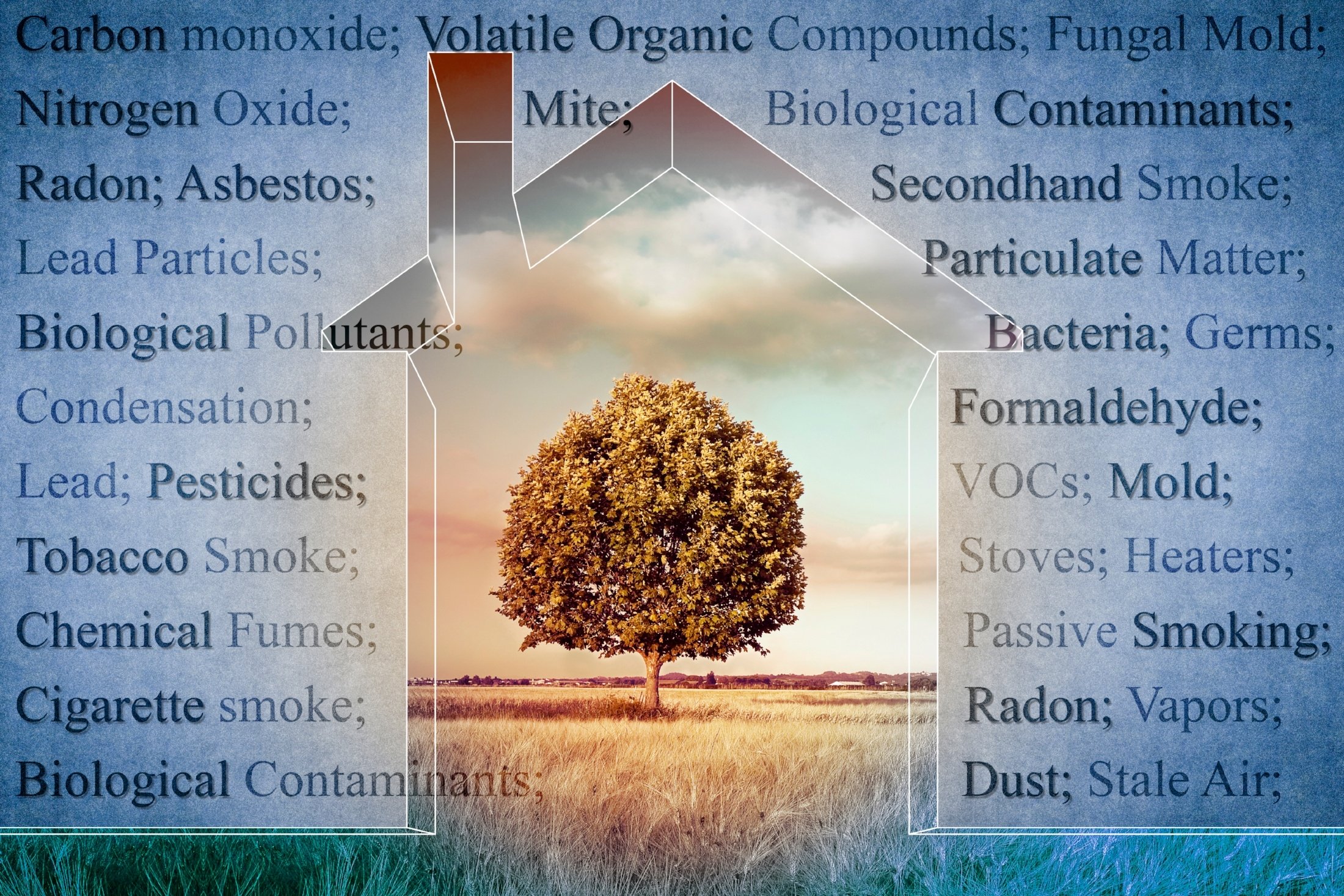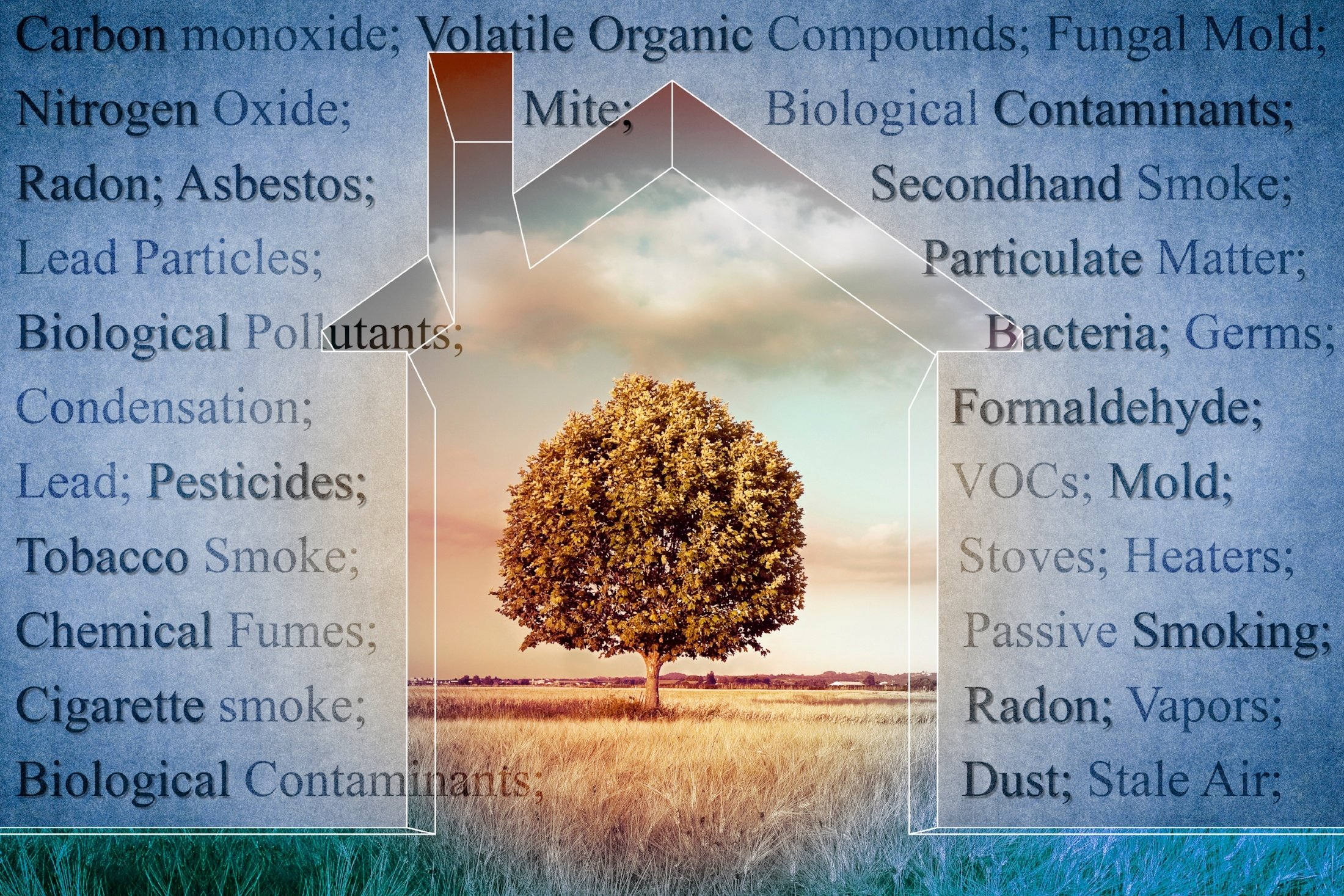
As has been well documented of late, the likelihood of contracting COVID-19 whilst being cooped up indoors over the winter months is significantly raised. Domestic settings inevitably see more of us group together under one roof so as to socialise, not least over Christmas when families traditionally tend to congregate to celebrate the festivities. As the weather grows more inclement at this time of year, both the urge and opportunities to venture outdoors wane, as we all await the arrival of the far more inviting spring light and temperatures. Adopting an almost hibernation-like attitude.
But that's in our homes. In employment settings we don't really get the options to escape should the weather outside be slightly more appealing. Unless that is your place of work is more out and about-based. The simple fact of the matter is many work spaces are in indoors, and as a result of this we all must pay far more attention to ways in which to improve the air quality within the familiar four walls of work. Now more than ever, as the world continues to counter the threat presented by the coronavirus.
The risk of transmission of the disease is significantly ramped up indoors, as politicians, scientists and health experts have gone to great lengths to point out, in a bid to remind us all of our collective responsibilities to ourselves and others.
As we've pointed out above, as a society we find ourselves in indoor settings more right now. On average, a staggering 90% of our time over winter is spent in enclosed spaces, which dramatically raises our susceptibility to unseen germs, pathogens, particles, chemicals and pollution on a whole. Prolonged exposure means a potentially greater viral dose too, when we are referring to COVID-19, which is where the most pronounced threat presents. Especially during a period of seemingly relentless national lockdowns.
What Should Employers Who’s Staff Work in Indoor Environments Do to Protect Them More?
Integrated air management systems are one way forward, along with more specific and targeted ventilation technologies being designed and manufactured to prevent the spread of the coronavirus. According to air hygiene professionals, the pandemic will prompt many companies to acquire extra air filtration solutions in the short term, in a more sustained effort to promote healthier air circulating indoors.” It's absolutely imperative that buildings are designed in such a way which directs smoke/fumes outside, via exhaust fans or appropriate outlets and vents.
In collaboration with the mandatory wearing of face coverings, maintaining acknowledged social distancing measures (where feasible in employment situations) and washing your hands at regular intervals, should your work environ be enclosed, one of the most effective means of keeping employees safe, is to let the outside air, in. Opening windows and allowing fresh air from outdoors to circulate and subsequently remove stale air, is considered a simple thing we can all do here and now.
Certain otherwise innocuous materials found in offices might need to be subjected to rethinks too. Including for instance, removing rugs and carpets, because under every set of circumstances (irrespective of the coronavirus recommendations), these sorts of compounds are known to trap pollutants within the literal fabric of their make-up. Which then of course can be later re-suspended in the air and inhaled, unbeknownst to the victim.
Even when it comes to the cleaning of offices and factories, alternative logics and applications need applying. The use of a high-quality vacuum with a HEPA filter, being a valid reference point here. This type of dedicated cleaning equipment can systematically eradicate health-harming particles hoovered up.

Indoor Air Pollution is Nothing New Though, Right?
It isn't, no. We've long been subjected to various types of ambient air pollution, such as dust, smoke, fires and industrial emissions for example. Yet while we are constantly reminded of the dangers of exposure to all types of pollutant each time we venture outdoors, (it's estimated that 91% of the population live in areas where air quality exceeds safe limits) what the onset of COVID-19 has done is send a timely message as to the equally harmful risk from within, so to speak.
Focusing on our living spaces however, and household-derived air pollution can compromise the health of some 3 billion people annually across the globe, according to the World Health Organisation. Cooking and heating our homes can readily - yet unwittingly - introduce biomass, kerosene fuels, coal, certain cleaning products (air fresheners, and other scented products also produce VOCs) and burning candles into our immediate atmospheres and lungs, thereafter. Even as something as commonplace as spraying oneself in anti-perspirant can be a risk, as the sprays/mists have been discovered to release chemicals like hydroxyl radical into the air.
So, What Other Sources of Dangerous Air Pollution Circulate at Any One Time in Familiar Indoor Scenarios?
Often hiding in plain sight, we have the widespread likes of interior finishes, fixtures, furnishings and cleaning products (as mentioned above) which can emit toxic volatile organic compounds, or VOCs. Mold and mildew, whilst sometimes overlooked, can harbour germs and add to indoor air pollution to varying degrees. Yet arguably, the clearest and most present danger remains buildings with problematic ventilation. Which are more likely to promote poor air quality.
But None of These Present as Immediate and Grave Danger As COVID-19 Circulating Indoors....
No, but nonetheless it's still hugely important to address these issues in the medium to long term, as we all look to make indoor settings safer. The ways we go about protecting our indoor work spaces and reduce pollutants couldn't be more straightforward, you'll be pleased to learn. Cleaner indoor air = better health, full stop.
Beneath we highlight a few basic principles you should adhere to. These include;
• Look to create lower levels of humidity, combined with good ventilation, vent fans, and dehumidifiers
• Freshen the air indoors by opening windows and making your own all-natural air fresheners
• Air purifiers have been proven to be effective for employees suffering with allergies or asthma, and again extend to include ramifications relating to what we know thus far re: COVID-19
• Avoid scented products, plastics (and other common VOC sources identified above) with simple swaps
• Reduce VOCs with low- or no-VOC-containing - products for painting, varnishing, and cleaning
• Avoid blocking air vents
• Always remedy water spills promptly
• Dispose of rubbish and waste properly
Taking the right steps to keep air in your indoor workspace clean, means you and your employees are in an advantageous position to remain healthy through the COVID-19 pandemic, and long into the future.





